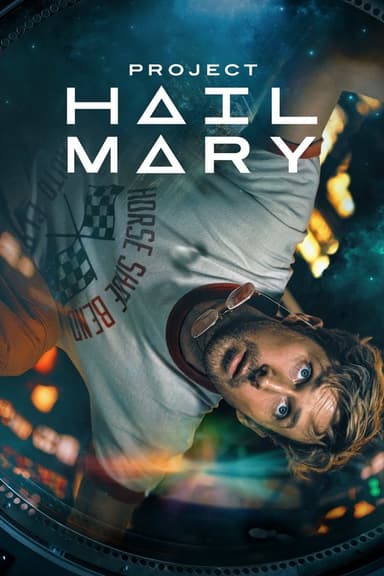
The Martian
2015 • Adventure, Drama, Science Fiction • PG-13
During a manned mission to Mars, Astronaut Mark Watney is presumed dead after a fierce storm and left behind by his crew. But Watney has survived and finds himself stranded and alone on the hostile planet. With only meager supplies, he must draw upon his ingenuity, wit and spirit to subsist and find a way to signal to Earth that he is alive.
Runtime: 2h 21m
Why you should read the novel
While the movie adaptation of The Martian captures the essence of Mark Watney’s struggle for survival on Mars, reading Andy Weir’s novel provides a richer and more immersive experience. The book goes deeper into Watney’s thought processes and technical problem-solving, letting readers closely follow the ingenious methods used to overcome every life-threatening challenge.
The novel’s format, presented mostly as first-person log entries, invites readers directly into Watney’s psyche. You witness his raw emotions, setbacks, and small victories with greater immediacy and detail than the film can portray. This format also allows for an abundance of witty humor and clever asides that make the hardships more compelling and relatable.
Choosing to read The Martian will reward you with intricate explanations and scientific detail that deepen your appreciation for both the character’s intelligence and the real challenges of space exploration. You’ll finish the book not just entertained, but also inspired by the power of perseverance, innovation, and the human spirit.
Adaptation differences
One significant difference between the movie and the book is the depth and frequency of Mark Watney’s internal monologue. In the novel, readers get nearly all of Watney’s thoughts, jokes, frustrations, and technical explanations directly through his log entries. This creates a much more personal and detailed account of his experience, while the film adapts these monologues into occasional video diary segments and shifts a greater focus onto visual storytelling and dramatic pacing.
Another notable difference is the level of detail in the survival science and problem-solving process. The book delves deeply into calculations, chemical processes, and the nuanced, trial-and-error nature of Watney’s survival. The movie condenses these details for pacing, sometimes simplifying or even omitting processes, and visually represents some aspects that the book thoroughly explains step by step.
The characterizations and roles of the supporting cast also vary. In Andy Weir’s novel, there is more time given to secondary characters at NASA and in the Ares crew, offering additional backgrounds, technical discussions, and a broader sense of international collaboration. The film streamlines these interactions and focuses most of the emotional weight on Watney and a select few support characters for cinematic clarity.
Finally, the conclusion of the novel and the adaptation differ in pacing and tension. Certain rescue details and complications are heightened or altered in the movie to add suspense and provide a visually dramatic climax. The book’s ending, while still thrilling, is resolved with a more detailed look at the planning, risk calculations, and personal reflections of the surviving astronaut, providing closure and context that the movie necessarily abbreviates.
The Martian inspired from
The Martian
by Andy Weir










